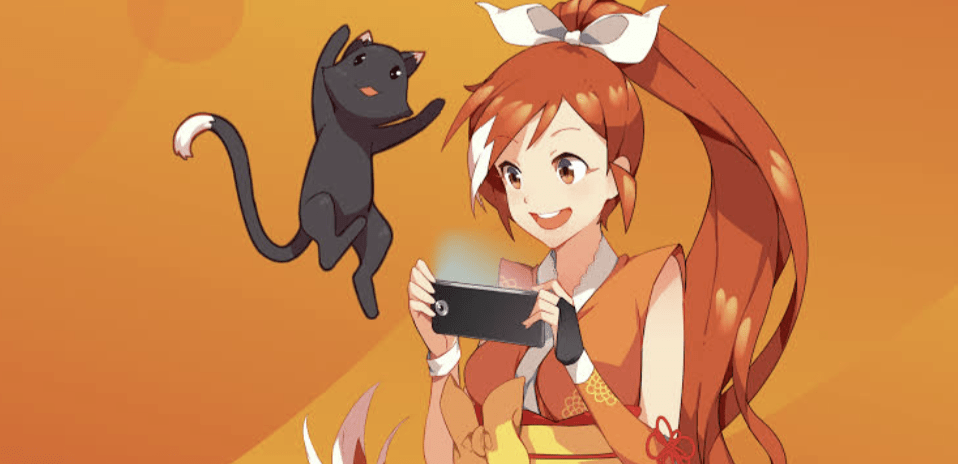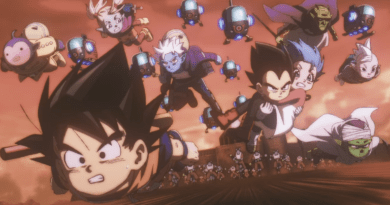
Dub vs. Sub: Crunchyroll Reveals the Fan Favorite, And the Winner Might Surprise You
The eternal debate between anime subs and dubs has long divided fans, with passionate
arguments on both sides. But in a surprising twist, Crunchyroll has revealed some hard data
that sheds new light on this age-old question, and the results might not be what you expect.
According to new statistics released by Crunchyroll and reported by Screen Rant, dubbed
anime is more popular globally than many fans might assume. While subtitles have
historically dominated anime consumption, especially among purists and longtime fans, the
tide is turning in unexpected ways across international markets.
Crunchyroll’s Data Shows Dubs Gaining Serious
Ground

Crunchyroll’s findings, based on data from its global userbase, indicate that English dubs are
not only widely consumed, they’re now the preferred format in several countries. Crunchyroll
reports that in the UK specifically, 54% of anime viewers on Crunchyroll watch dubs over
subs. Globally, the numbers are slightly more balanced, with 51% of all users favoring
subtitles, but that gap is clearly narrowing.
This growing affection for dubs highlights a broader shift in the anime community. As the
medium becomes more mainstream, it’s attracting a wider and more casual audience that
might not want to read subtitles or might simply prefer watching anime in their native
language.
Subtitles Still Rule in Japan, But the West Tells
a Different Story

Unsurprisingly, Japan remains firmly in the “sub” camp, given that most anime is produced
and aired in Japanese to begin with. However, Crunchyroll’s data reveals that in countries
like the United States, Canada, the UK, and even parts of Europe, dubs are seeing a surge in
popularity. This signals not just a preference for accessibility, but also a growing appreciation
for the improved quality of modern dubbing.
Gone are the days of wooden voice acting and inconsistent translations. With the industry
investing more in voice talent and faithful scripts, dubbed anime is now a far more polished
product than it once was. Shows like My Hero Academia, Jujutsu Kaisen, and Demon Slayer
have boasted standout English dubs that hold their own against the originals.
Dubs Offer Accessibility and Multitasking for
Casual Viewers

One reason for the rise in dubbed anime could be the simple convenience factor. Watching
anime in your own language makes it easier to follow along while doing other tasks, which is
especially appealing to casual viewers or busy adults. Subtitles, while offering a purer
linguistic experience, demand full attention and can be a barrier to entry for those new to the
medium.
Furthermore, dubbed anime is an easier entry point for younger audiences or those with
dyslexia, visual impairments, or language processing challenges. By making anime more
accessible, dubs help expand the fanbase and make the medium more inclusive overall.
The Sub Purists Still Hold Their Ground

Despite the dub resurgence, the sub vs. dub debate is far from settled. Hardcore anime fans
still largely prefer subs, citing more authentic performances, accurate cultural nuances, and
faster release times. Many purists argue that dubbed versions can sometimes lose the
emotional weight or subtle meaning of the original Japanese voice acting.
That said, the gap between sub and dub quality is rapidly shrinking. Crunchyroll and other
streaming services like Funimation (now part of the same corporate umbrella under Sony) are
investing heavily in “simul-dubs,” releasing dubbed episodes just weeks or even days after
the original Japanese broadcast.
A Future Where Both Can Coexist

What’s perhaps most interesting about the data is what it suggests about the future: a world
where the sub vs. dub war no longer needs to be a war at all. With modern dubbing catching
up to original voice tracks in both quality and availability, fans can now enjoy anime in
whichever way suits their lifestyle or preference.
Rather than dividing the community, this shift could signal a new era of anime consumption
where accessibility, quality, and viewer choice reign supreme.



